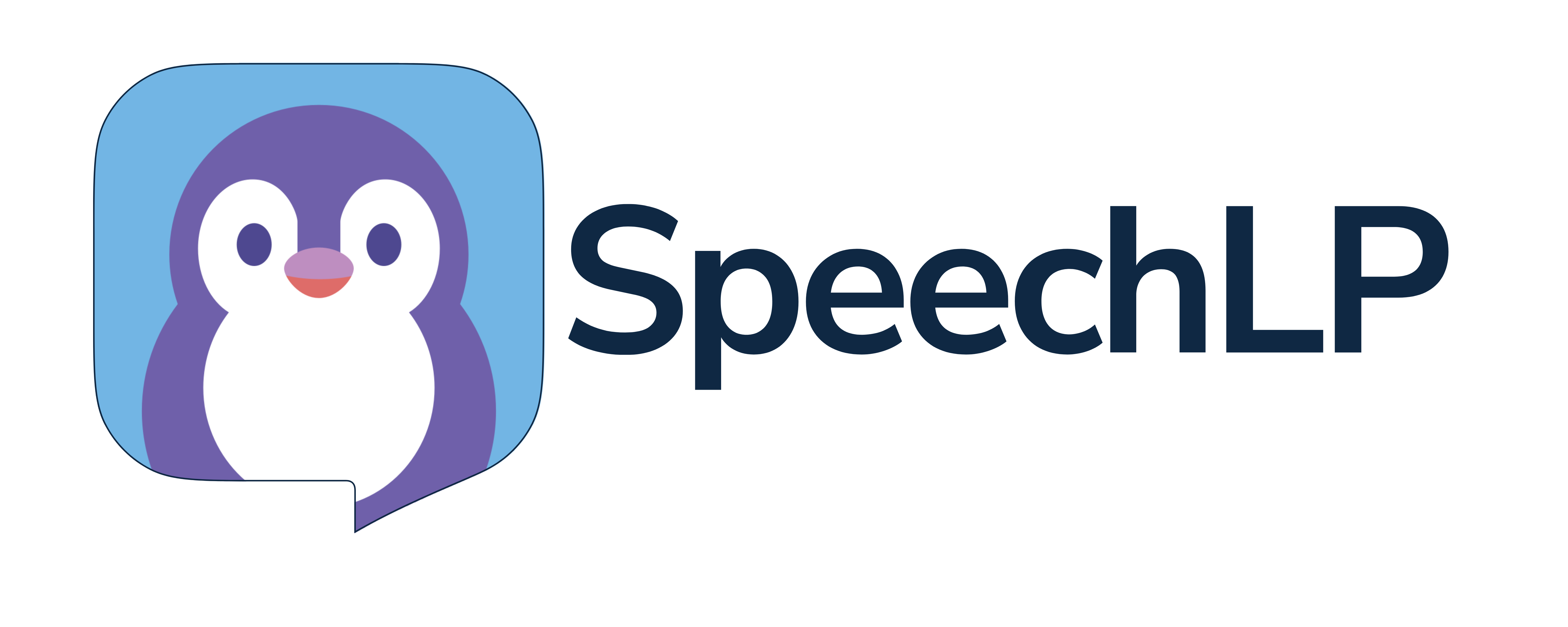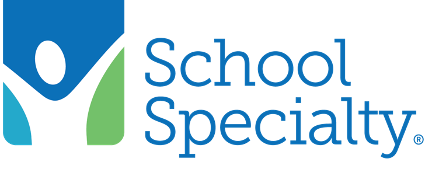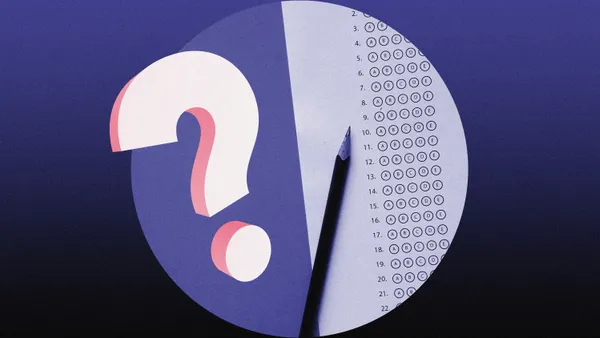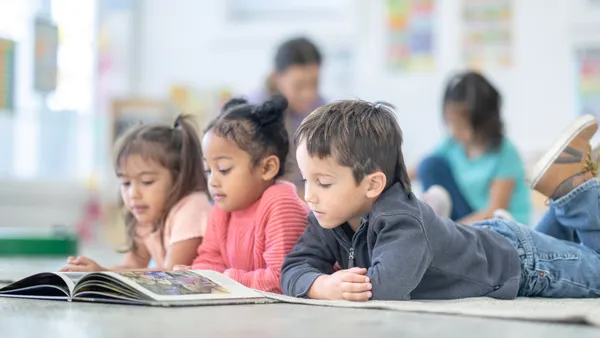Dive Brief:
- How effective is the science of reading approach — which stresses systematic phonics instruction — for dual-language and English learners, who some educators believe benefit more from the competing balanced literacy philosophy? A new report from the Children’s Equity Project at Arizona State University looks at how science of reading can be successfully applied to and tailored for bilingual students.
- “Bringing together [dual-language education] with science-based reading instruction can optimally support emergent bilingual children and help bridge gaps between them and their peers on reading outcomes,” the report states, noting that reading scores for emergent bilingual students in 4th grade are significantly below their peers on the NAEP.
- The report further points out that while U.S. schools have made progress in aligning literacy instruction with science of reading concepts, policies have not dug deeply enough — both in general and in terms of attention paid to bilingual children.
Dive Insight:
Shantel Meek, executive director of the Children’s Equity Project, said that while the science of reading principles seem to be winning the so-called “reading wars,” emergent bilingual students have not received adequate focus in this approach, which has prompted “a lot of rightful concern that it might not be appropriate for this group of kids.”
That motivated the Children’s Equity Project to review the research and policy landscape, leading to the takeaway that “SOR principles are optimal for these kids, if done in a setting with both languages,” she said.
The science of reading approach has been applied to numerous languages, and a 50-year body of multidisciplinary research similarly shows that what children need to be able to read is the ability to make meaning of letters, symbols or scripts and decode them into a word, said Xigrid Soto-Boykin, director of language justice and learning equity at the Children’s Equity Project.
“There are a lot of misconceptions around what is the science of reading — misconceptions that it’s only phonics instruction, that it’s only in English, that it’s a one-size-fits-all, and that learning is decontextualized,” she said. “I empathize with people who care about emergent bilinguals, saying it’s not appropriate.”
But when implemented “in a more comprehensive and correct fashion,” the approach works well, Soto-Boykin added. “The key for multilingual children is keeping core language development at the center, making sure oral language development is happening, and always having a bilingual focus, which happens most ideally in a dual-language context.”
The approach should start by building on what children know and helping them generalize from one language to the next, starting with nonspoken modalities like gestures and tone of voice that forge cross-linguistic connections, along with letters that are found from one language to the next, Soto-Boykin said. Then, teachers can scaffold by previewing language using visuals and objects that relate to new vocabulary, along with text that connects with their lived experiences.
“What do they already have that we can connect to, for them to be able to do well in English?” she said. “And since it’s important for children not to lose their home language, how can we make sure we sustain and keep the home language growing in parallel? Those are some of the biggest ways I see us moving beyond the current understanding of the science of reading to leverage bilingualism and help them understand and make connections.”
That leads to “metalinguistic awareness,” Soto-Boykin added, which helps children become language investigators. “I wonder why this has this phonological ending in English? It reminds me of this other language,” she said. “Metalinguistic awareness helps them become better readers.”
Principals and superintendents can support this approach by engaging in their own professional development, so they can create comprehensive professional development for teachers, Soto-Boykin said.
Principals should plan to expand dual-language programming and provide in-depth comprehensive professional development materials and practices, she said, adding that they also should hire teachers whose language ability matches what their pupils speak at home, as well as collect data to identify the ongoing reading skills of emergent bilingual students.
“Having very comprehensive planning, implementation, supports and monitoring is really key,” she added. “We can’t just do one small thing and expect emergent bilinguals to start reading proficiently. We need a strong commitment through policy, practice, training materials and data collection.”
With one of the longest histories of bilingual education being the norm, paired with a comprehensive science of reading approach, Texas has been the only state to cover all of these domains comprehensively, and the report drills down on that state’s experience, Meek said.
“All of these ingredients come together, showing impressive data compared to other states,” she said.


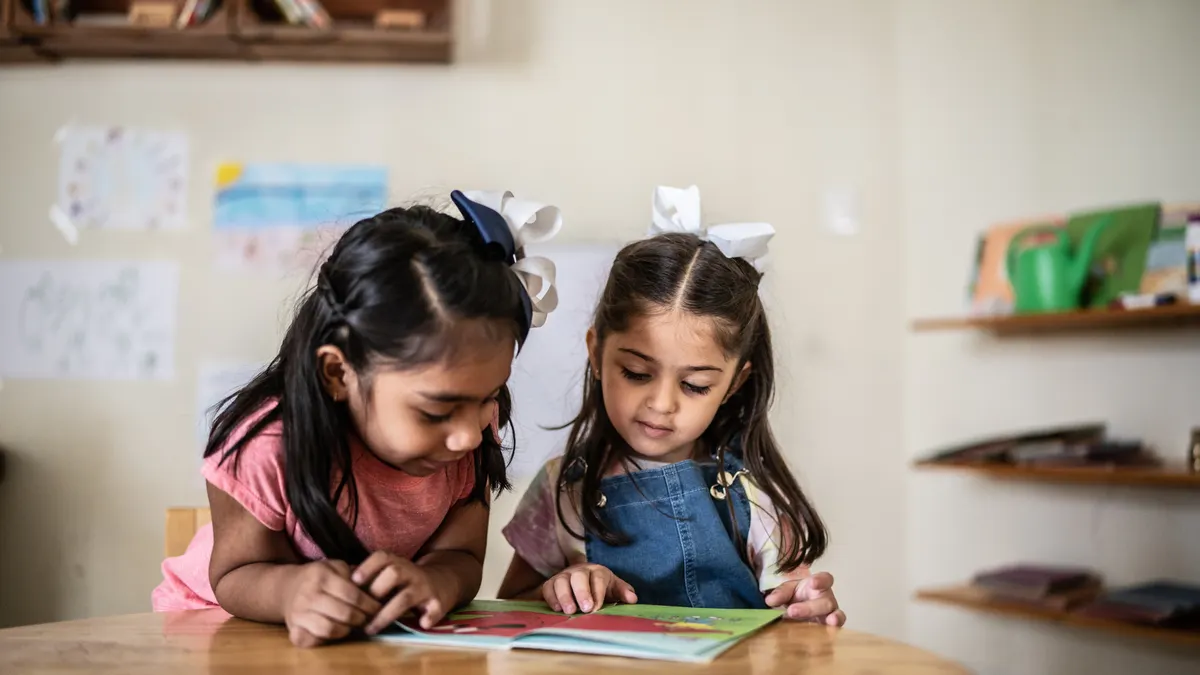



 Dive Awards
Dive Awards

